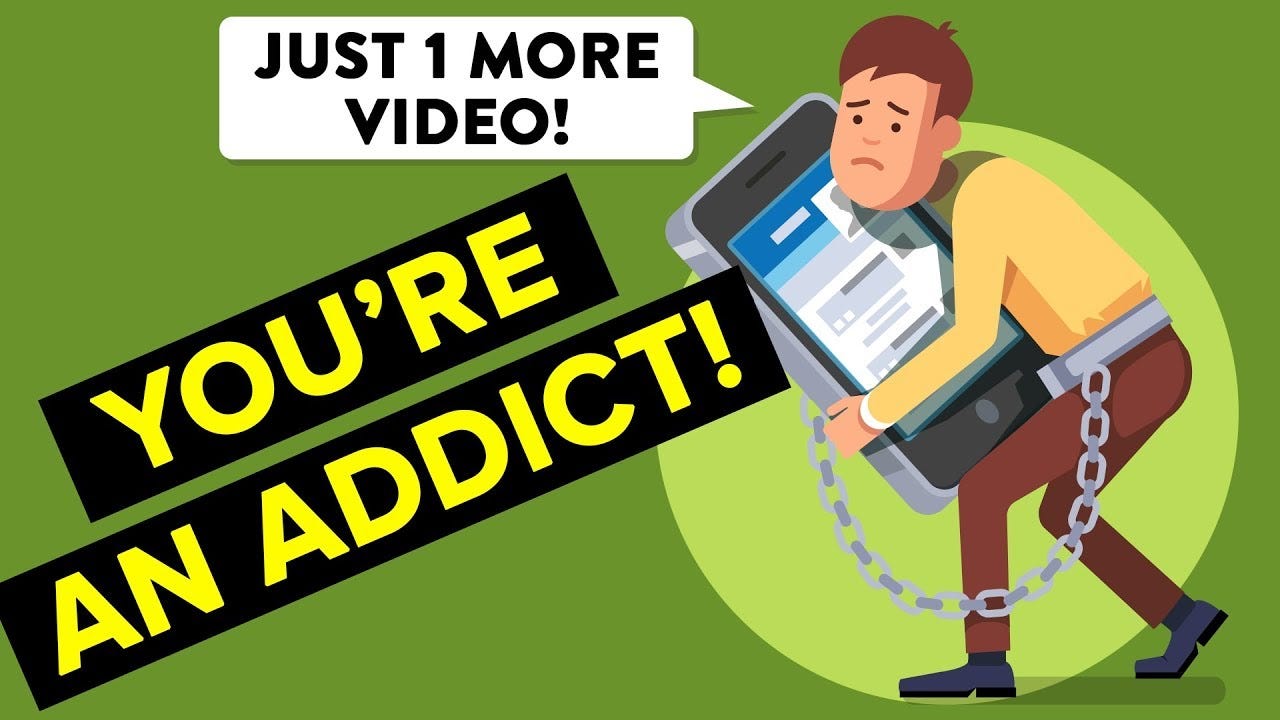In today’s hyper-connected world, we’ve never had more access to information, entertainment, and social interaction — all available at our fingertips. But with this digital revolution comes a subtle and alarming side effect: our attention spans are shrinking. Whether it’s mindless scrolling on TikTok, jumping between browser tabs, or multitasking through meetings, the way we focus has changed dramatically.
So, how is digital life really affecting our ability to concentrate? And what can we do to take back control? Let’s dive deep into the science, trends, and solutions surrounding the impact of digital life on our attention spans.
The Attention Span Crisis: What the Numbers Say
A study by Microsoft in 2015 famously claimed that the average human attention span had dropped from 12 seconds in 2000 to just 8 seconds — shorter than that of a goldfish. While the accuracy of this comparison is debated, the trend is clear: we are struggling to stay focused for long periods of time.
Other research shows that people switch screens or tasks every 40 to 60 seconds on average. Add in the constant stream of notifications, social media pings, and app alerts, and it becomes nearly impossible to stay immersed in a single task.
What’s Happening in the Brain?
Digital life is rewiring our brains. Here’s how:
1. Dopamine-Driven Feedback Loops
Apps are designed to keep us hooked. Likes, comments, messages, and updates trigger dopamine — the brain’s “reward” chemical. Over time, our brains become addicted to that instant gratification.
2. Reduced Deep Work Capacity
“Deep work,” a concept coined by Cal Newport, refers to the ability to focus on cognitively demanding tasks for long stretches. This kind of focus is critical for learning and problem-solving. But thanks to digital distractions, we spend more time in “shallow work” — answering emails, replying to chats, or hopping between apps.
3. Mental Fatigue
Constant context-switching between apps and tabs depletes our mental energy faster. It’s like trying to run while being constantly nudged off the track.
The Role of Smartphones and Social Media
Smartphones are the Swiss Army knives of the digital age. But their versatility can come at a cost.
- Social media apps like Instagram, X (Twitter), and TikTok are engineered to deliver endless content, keeping users in an infinite scroll loop.
- Push notifications hijack our focus by demanding our attention, whether the content is urgent or not.
- Multitasking across apps means we rarely give anything our full focus.
We’ve become so accustomed to these interruptions that we often reach for our phones even in moments of stillness — in line at the store, during dinner, even while watching TV.
The Impact on Younger Generations
Children and teenagers growing up in a digital-first world are especially vulnerable. Studies have found correlations between high screen time and:
- Lower academic performance
- Reduced impulse control
- Shorter attention spans
- Higher levels of anxiety and distraction
While technology can support learning, the key lies in intentional use rather than passive consumption.
Multitasking: A Modern Myth?
We often pride ourselves on being great multitaskers — answering emails while watching YouTube, messaging friends while attending virtual meetings. But here’s the truth: multitasking is a productivity myth.
Neuroscience shows that our brains can’t actually focus on more than one high-level task at a time. What we think is multitasking is usually “task-switching,” which leads to:
- Slower performance
- More mistakes
- Cognitive exhaustion
Simply put, the more we switch, the less we retain and the more drained we feel.
The Role of Digital Design
Let’s not forget: many digital platforms are intentionally designed to capture and retain our attention. This is known as the attention economy — where time spent equals revenue.
- Infinite scroll
- Autoplay videos
- Notifications
- Gamified engagement (likes, streaks, badges)
These features are not neutral — they’re psychological tools built to keep you coming back.
How to Reclaim Your Focus in a Digital World
Despite the challenges, you can train your brain to focus better — even in the age of distraction. Here are actionable strategies to fight back:
1. Practice Digital Minimalism
- Uninstall apps you don’t truly need
- Turn off non-essential notifications
- Limit time on social media with app timers or tools like Freedom or Screen Time
2. Single-Tasking > Multitasking
Focus on one task at a time. Use the Pomodoro Technique (25 minutes focus, 5 minutes break) to rewire your brain for deep work.
3. Create “Focus Zones”
Designate distraction-free zones or times during your day. For example:
- Mornings = phone-free writing
- Afternoons = email check-ins
- Evenings = reading instead of scrolling
4. Train Your Brain with Focus Exercises
Activities like meditation, journaling, reading long-form content, or even puzzles can help rebuild attention stamina.
5. Batch Your Digital Use
Instead of checking messages and apps constantly, batch your usage into set blocks of time (e.g., respond to emails 2x per day).
A Future of Mindful Digital Living
We’re not going back to the pre-digital world — and we don’t need to. Digital tools are powerful, and when used intentionally, they can enhance productivity, creativity, and connectivity.
The challenge lies in designing a digital life that serves you, not the other way around. As we move deeper into the age of AI, automation, and immersive tech, mastering your attention will become one of the most valuable personal and professional skills you can have.
Conclusion
How digital life is changing our attention spans is both a warning and an opportunity. Yes, we live in a world full of distractions. But we also have the power to build better habits, set smarter boundaries, and reclaim control over where our attention goes.
Attention is the currency of the 21st century. Spend it wisely.




